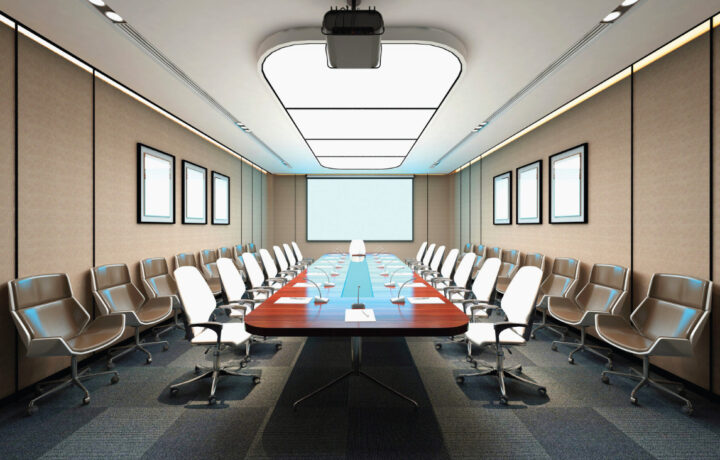In the wake of the COVID-19 pandemic, remote work has become the norm for many, but what about America’s most secure workspace, the Sensitive Compartmented Information Facility (SCIF)? Here are ten facts you need to know about the mythical SCIF in the modern world.
SCIF HISTORY
The Faraday cage concept, devised by Michael Faraday in 1836, proved that a metal foil-coated room could shield sensitive information from prying eyes and electronic surveillance. In a post-WWII world, the U.S. adapted the concept, and thus the SCIF was born.
SCIFs ARE LIKE OGRES ONIONS – THEY HAVE LAYERS
SCIF security, called Security in Depth (SID), encompasses protocol and perimeter measures. From locked doors and alarms to guarded gates, SCIFs employ a multi-layered approach to keep unauthorized individuals at bay.
OFFICIAL DESIGN AND PROCESS
The construction of SCIFs adheres to set standards and processes. And an Accrediting Official (AO) ensures that a SCIF meets the stringent criteria set forth by the Intelligence Community
TECHNICAL SECURITY AND TEMPEST REQUIREMENTS
SCIFs extend beyond physical barriers, delving into the realm of technology. Codeword TEMPEST, managed by the U.S. National Security Agency, addresses the potential leakage of classified information through electronic devices, emphasizing the importance of countering technical vulnerabilities.
INFRASTRUCTURE FEATURES
From fortified perimeter walls to mesh and metal studs, SCIFs require various construction elements. Soundproofing and acoustic sealants prevent eavesdropping, while secure doors equipped with advanced access control systems ensure controlled entry.
THE RISE OF THE SHARED SCIF
As technology evolves, shared SCIF spaces emerge as a novel option. Companies like Nooks and Westway Services offer flexible SCIF solutions, enabling individuals and organizations to access these secure facilities as a service, eliminating the need for substantial upfront investments.
HYBRID WORK IN SCIFs
The future of SCIF work may involve a hybrid model, blending on-site and remote work. With advancements like AI, IoT, and secure wireless, SCIFs are adapting to accommodate the changing landscape of work preferences.
EMPLOYEE PERKS
Recognizing the unique challenges of SCIF life, employers need to explore ways to make it more appealing. Candidates say extra vacation days, wellness support, and bonuses would enhance their work experience within these secure environments.
SCIF MYTHS BUSTED
Dispelling common misconceptions, SCIFs aren’t necessarily windowless bunkers. Many SCIFs resemble typical offices or conference rooms, with some even featuring plants!
FUTURE TECH INTEGRATION
Technological advancements may reshape SCIF life, including the potential integration of secure interfaces on personal devices within SCIFs. And initiatives involving electromagnetic pulse technology aim to disable nonclassified aspects of cell phones upon entry.
SCIFs represent more than just impenetrable fortresses of secrecy; they embody the stability of our nation. As workforce landscapes evolve, so too will SCIFs, as they adapt to meet the needs of a changing world while steadfastly guarding the country’s most sensitive information.
For the latest security clearance, defense, and national security news, visit clearancejobs.com.



